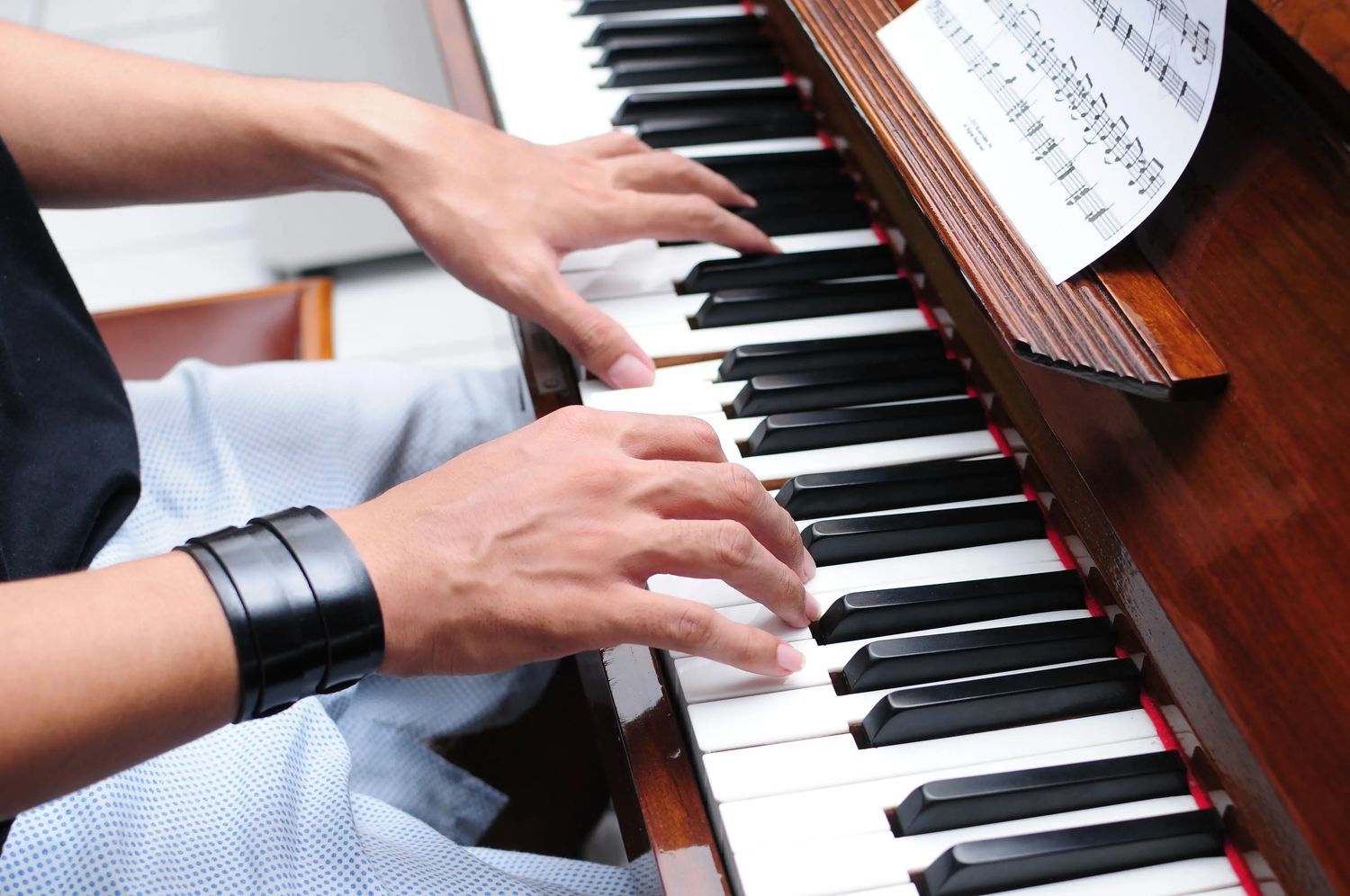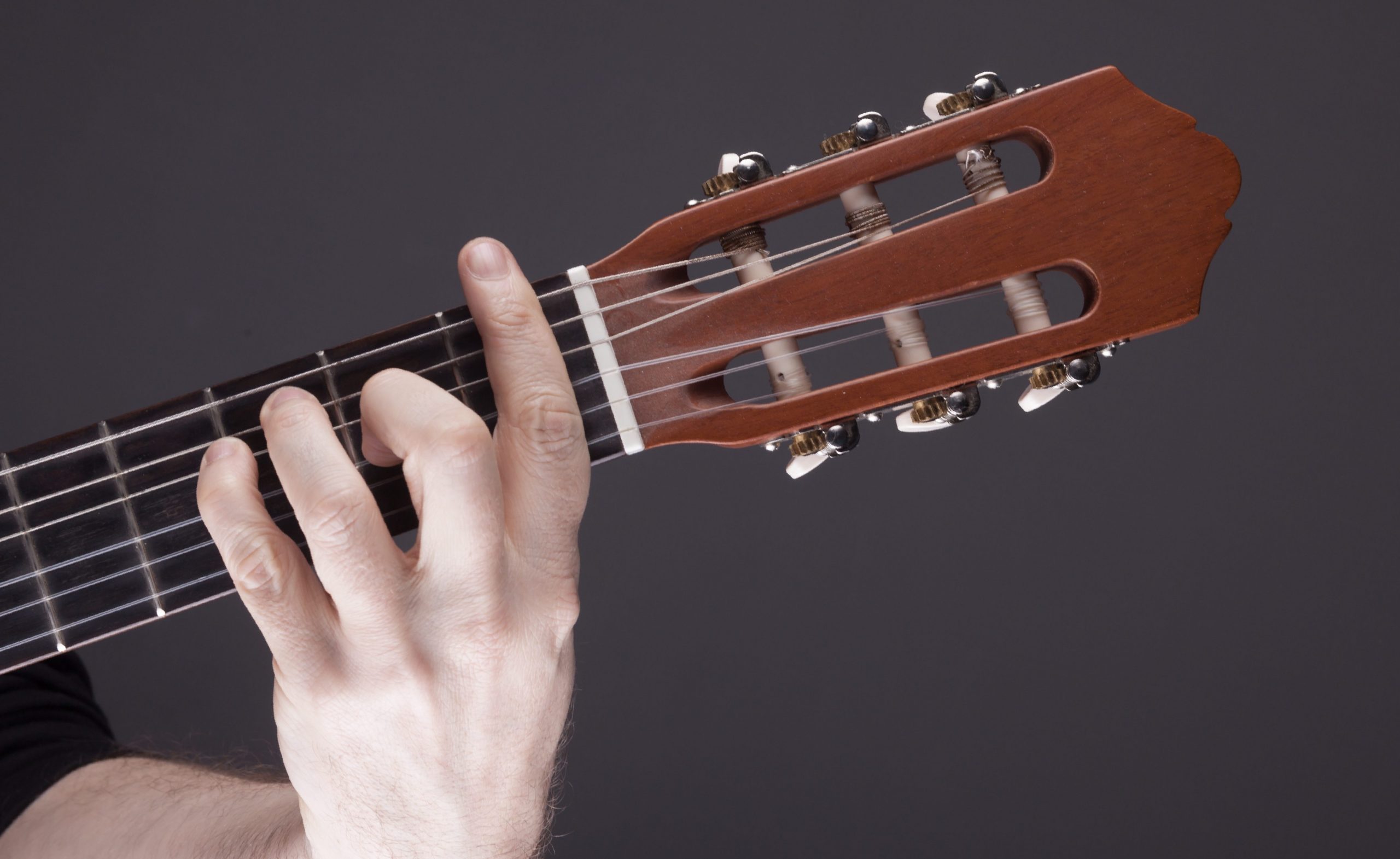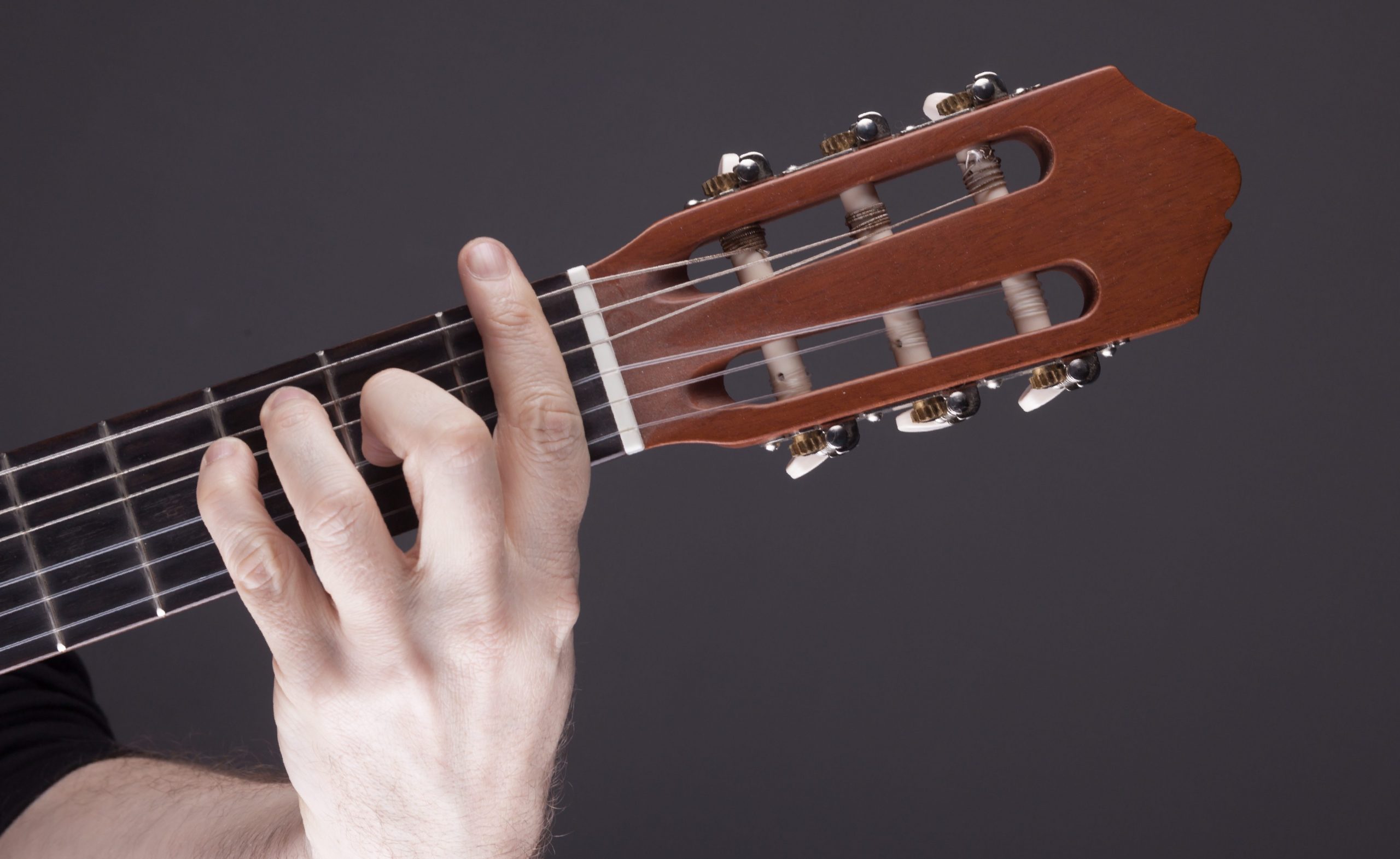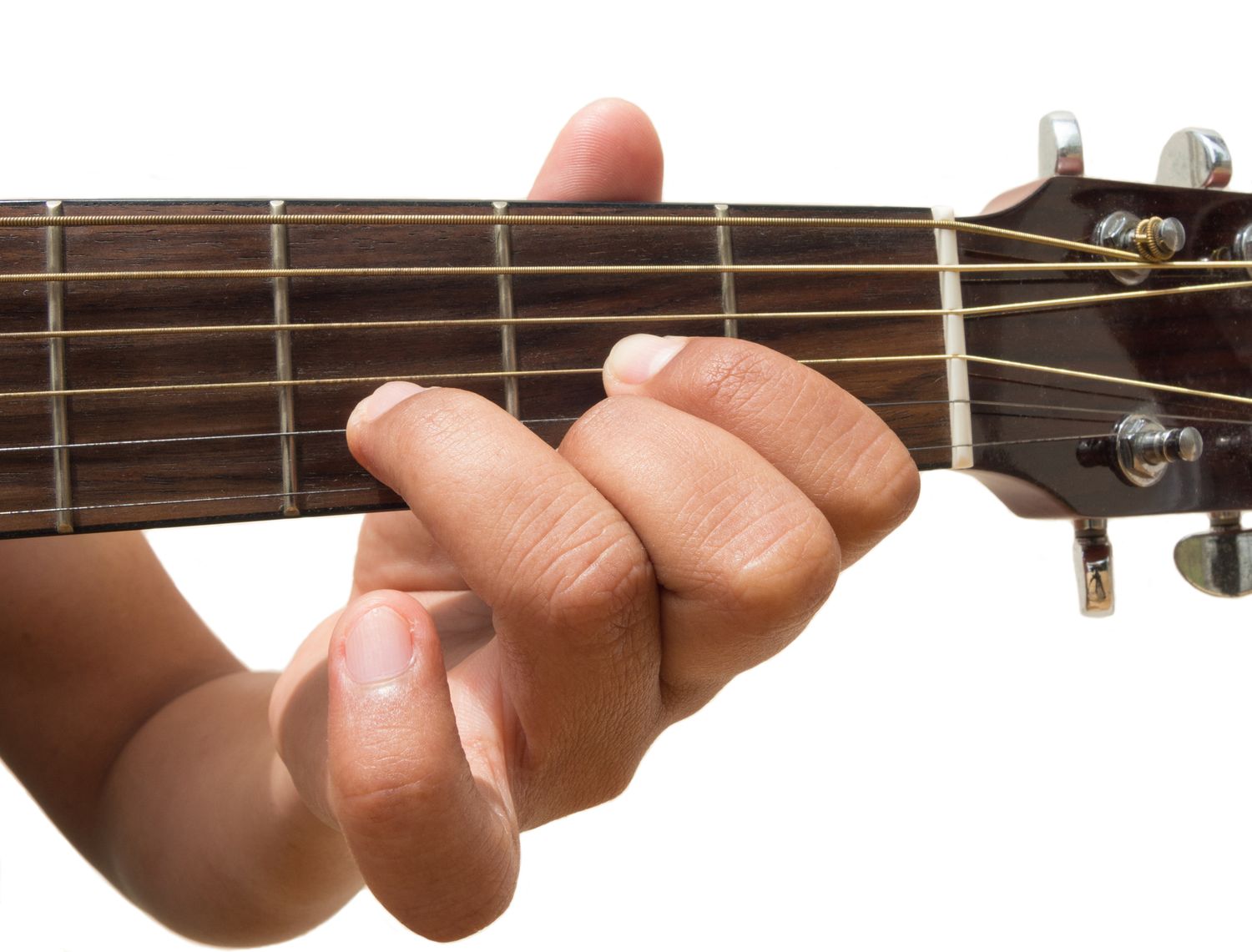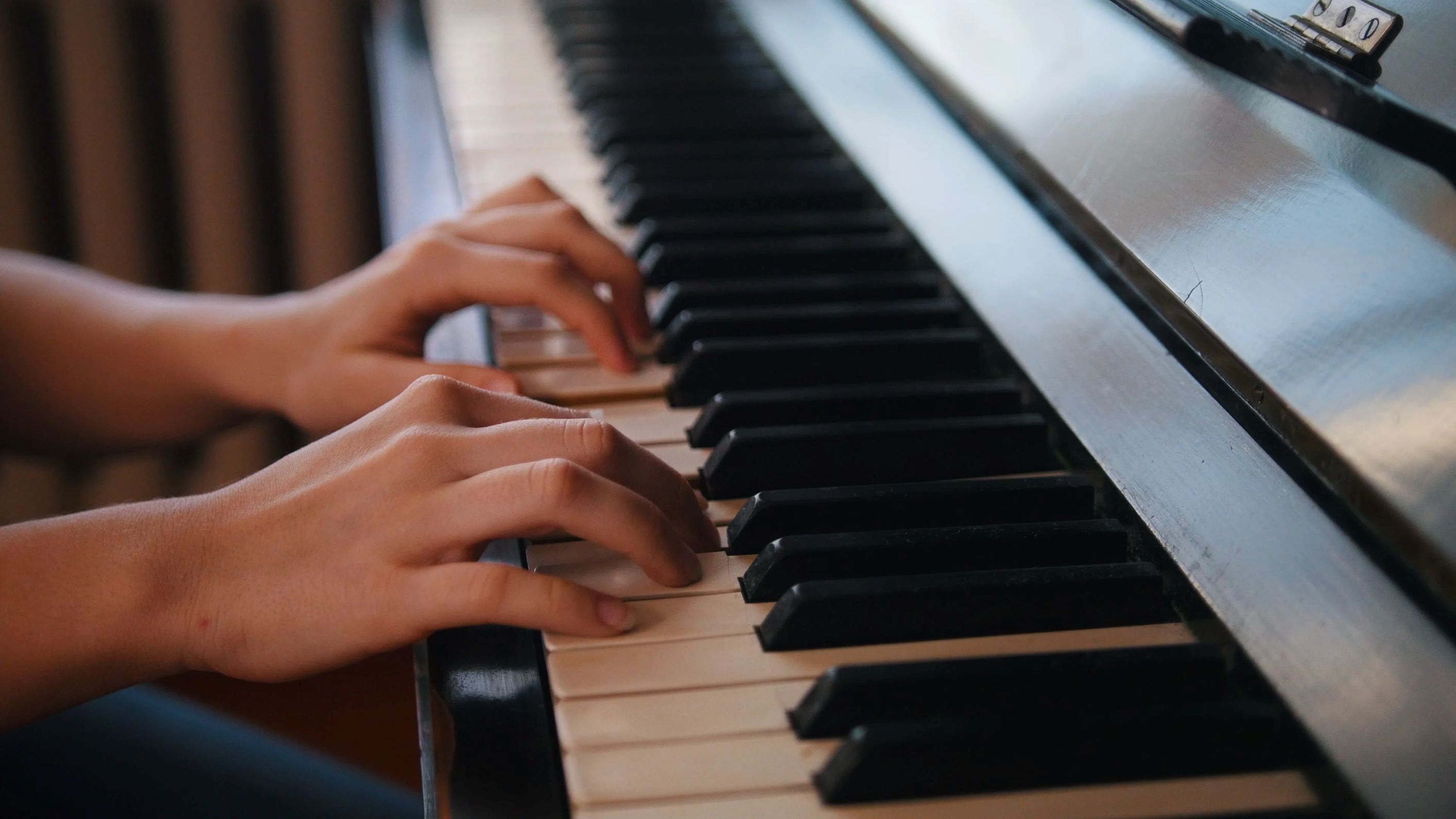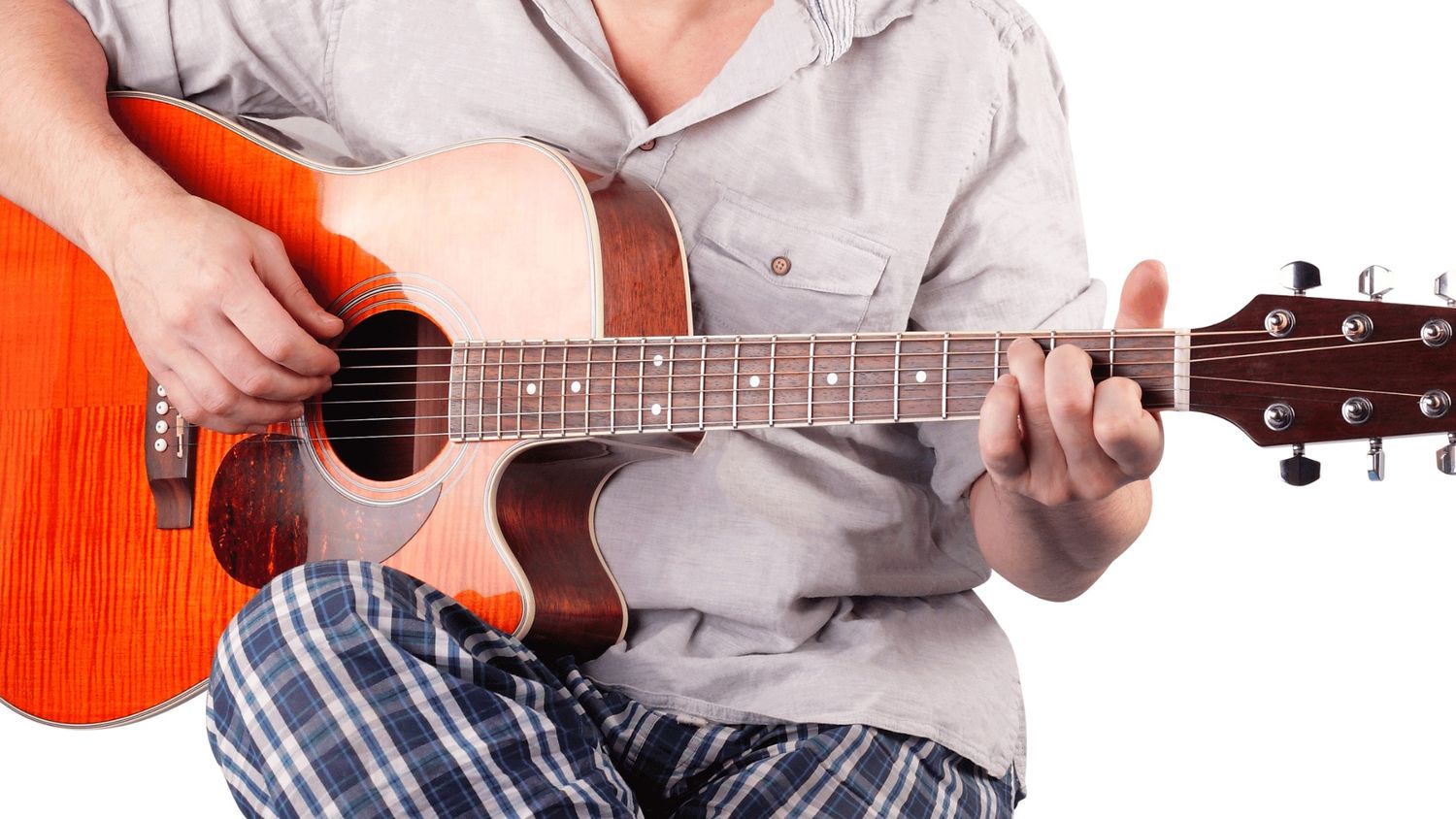Home>Instruments>Piano>How To Play Jazz Chords On Piano


Piano
How To Play Jazz Chords On Piano
Published: February 11, 2024
Learn how to play jazz chords on piano with our comprehensive guide. Master the art of jazz piano and elevate your playing skills today.
(Many of the links in this article redirect to a specific reviewed product. Your purchase of these products through affiliate links helps to generate commission for AudioLover.com, at no extra cost. Learn more)
Table of Contents
Introduction
Playing jazz chords on the piano is an exhilarating journey into the heart of music. The rich, complex harmonies and expressive voicings of jazz chords add depth and sophistication to any musical piece. Whether you're a seasoned pianist or just starting your musical exploration, understanding jazz chords and how to play them on the piano can open up a world of creative possibilities.
In this article, we'll delve into the art of playing jazz chords on the piano, exploring the fundamental concepts, chord shapes, and techniques that will empower you to infuse your playing with the soulful essence of jazz. From understanding the theory behind jazz chords to mastering their application in different musical contexts, this guide will equip you with the knowledge and skills to elevate your piano playing to new heights.
Jazz chords are not only about the notes you play but also about the emotions and stories they convey. They have the power to evoke a wide range of feelings, from melancholy and introspection to joy and exuberance. By mastering jazz chords, you'll gain the ability to weave intricate musical tapestries that resonate deeply with listeners, transcending mere notes to create profound emotional connections.
Throughout this article, we'll explore the basic jazz chord shapes, techniques for playing jazz chords in different keys, and methods for adding extensions and alterations to jazz chords. Additionally, we'll discuss how to seamlessly incorporate jazz chords into your piano playing, allowing you to infuse your music with the unmistakable flair and sophistication of jazz.
Whether you aspire to perform classic jazz standards, improvise with a jazz ensemble, or simply add a touch of jazz flavor to your compositions, understanding and mastering jazz chords is an essential skill for any pianist. So, let's embark on this captivating journey into the realm of jazz chords, where creativity knows no bounds and the music flows with boundless expression.
Understanding Jazz Chords
To effectively play jazz chords on the piano, it’s crucial to grasp the fundamental principles that underpin these harmonically rich and expressive entities. Unlike the straightforward triads commonly found in classical music, jazz chords are characterized by their complex structures, often incorporating extended notes and alterations to create a tapestry of color and emotion.
At the core of jazz chords lies the concept of extended harmony. While traditional triads consist of three notes – the root, third, and fifth – jazz chords expand upon this foundation by adding further intervals, such as the seventh, ninth, eleventh, and thirteenth. These additional tones infuse the chords with a sense of lushness and sophistication, contributing to the distinctive sound of jazz music.
Furthermore, jazz chords frequently incorporate alterations, such as flat or sharp fifths, ninths, elevenths, and thirteenths, adding a sense of tension and intrigue to the harmonic landscape. These alterations introduce dissonance and resolution, creating a dynamic interplay of musical tension and release that is quintessential to jazz harmony.
Understanding the theory behind jazz chords is essential for navigating the intricate terrain of harmonic progressions and voicings. It involves familiarizing yourself with chord symbols, such as Cmaj7, Dm7, G7, and Am7b5, and comprehending the implications of these symbols in terms of chord construction and function within a musical context.
Moreover, jazz chords are intimately linked with the concept of chord voicings, which refers to the specific arrangement of notes within a chord. Different voicings can yield vastly different sonic textures, allowing pianists to imbue their playing with a diverse range of tonal colors and moods.
By delving into the intricacies of jazz chord construction, extended harmony, alterations, and voicings, you’ll develop a profound understanding of the inner workings of jazz chords, empowering you to wield them with creativity and finesse on the piano. This knowledge forms the bedrock upon which you can construct captivating musical landscapes, infusing your playing with the evocative allure of jazz.
Basic Jazz Chord Shapes
Mastering basic jazz chord shapes is a pivotal step on the path to becoming proficient in jazz piano. These foundational shapes serve as the building blocks for more complex voicings and provide a solid framework for navigating the harmonic intricacies of jazz music.
One of the most common types of jazz chords is the seventh chord, which adds a seventh interval to the traditional triad, creating a richer and more vibrant sound. The dominant seventh chord, for example, infuses a sense of tension and momentum, making it a staple in jazz harmony. Its distinctive sound can be achieved by combining the root, third, fifth, and flatted seventh notes, resulting in a chord that exudes character and depth.
Another essential jazz chord shape is the minor seventh chord, characterized by its soulful and introspective quality. By incorporating the root, minor third, perfect fifth, and minor seventh intervals, this chord shape evokes a sense of melancholy and emotional depth, making it a versatile tool for conveying a wide range of moods in jazz compositions.
Furthermore, the major seventh chord embodies a sense of elegance and sophistication, featuring a lush and expressive sound that is synonymous with the jazz genre. Comprising the root, major third, perfect fifth, and major seventh intervals, this chord shape exudes a sense of harmonic richness and lyrical beauty, adding a touch of refinement to any musical passage.
As you familiarize yourself with these basic jazz chord shapes, it’s essential to practice transitioning between them fluidly and effortlessly. Developing dexterity and muscle memory in navigating these chord shapes across the keyboard will lay a solid foundation for your journey into the realm of jazz piano playing.
Moreover, exploring inversions of these basic jazz chord shapes can yield a myriad of captivating harmonic possibilities, allowing you to create smooth and seamless transitions between chords while imbuing your playing with a sense of fluidity and grace.
By internalizing and mastering these fundamental jazz chord shapes, you’ll equip yourself with the tools to embark on a musical odyssey filled with expressive melodies, captivating harmonies, and boundless creative potential.
Playing Jazz Chords in Different Keys
One of the hallmarks of a proficient jazz pianist is the ability to fluidly navigate jazz chords in various keys, seamlessly transitioning between tonalities with confidence and finesse. As you delve into the world of jazz piano, developing proficiency in playing chords in different keys is essential for expanding your musical repertoire and improvisational capabilities.
When approaching jazz chords in different keys, it’s valuable to familiarize yourself with the concept of chord progressions within each key. Understanding the harmonic relationships between chords in a given key – such as the tonic, subdominant, and dominant chords – provides a roadmap for crafting compelling musical narratives and improvisations.
Transposing jazz chord voicings into different keys is a skill that empowers pianists to adapt to diverse musical contexts and collaborate with a wide array of musicians. By internalizing the shapes and structures of jazz chords in one key and subsequently transposing them to others, you’ll expand your harmonic vocabulary and cultivate a versatile approach to piano playing.
Furthermore, practicing jazz chords in different keys enhances your overall fluency and agility on the keyboard, fostering a deep understanding of the unique characteristics and tonal nuances of each key. This fluency enables you to effortlessly modulate between keys, infusing your playing with a sense of dynamism and spontaneity.
As you embark on the journey of playing jazz chords in different keys, it’s beneficial to engage in focused practice routines that involve transposing chord progressions, scales, and melodic motifs into various tonalities. This deliberate practice not only hones your technical prowess but also cultivates a heightened sense of musical adaptability and creativity.
Ultimately, the ability to play jazz chords fluently in different keys opens the door to boundless opportunities for musical expression and collaboration. Whether you’re interpreting classic jazz standards, engaging in improvisational dialogues with fellow musicians, or composing original works, this proficiency empowers you to navigate the rich tapestry of musical keys with confidence and artistry.
Adding Extensions and Alterations to Jazz Chords
Expanding jazz chords with extensions and alterations is a hallmark of the genre, elevating their harmonic complexity and imbuing them with a captivating sense of color and expression. By incorporating additional intervals and modifying chord tones, pianists can infuse their playing with a rich tapestry of nuanced harmonies, adding depth and intrigue to their musical interpretations.
Extensions, such as the ninth, eleventh, and thirteenth, introduce a lush and expansive quality to jazz chords, enriching their sonic palette with a sense of sophistication and depth. For instance, adding the ninth to a dominant seventh chord infuses it with a compelling sense of tension and resolution, lending an air of intrigue to the harmonic progression.
Moreover, alterations play a pivotal role in shaping the emotive character of jazz chords. Flat or sharp fifths, ninths, elevenths, and thirteenths introduce dissonance and tension, creating a dynamic interplay of harmonic colors that evokes a sense of intrigue and unpredictability. These alterations contribute to the distinctive allure of jazz harmony, infusing the music with a captivating sense of emotional depth and complexity.
As a pianist delves into the realm of extended jazz chords, it’s essential to explore various voicings and inversions that showcase the full spectrum of their harmonic possibilities. Experimenting with different chord voicings and configurations allows for the discovery of unique tonal textures and expressive nuances, empowering the pianist to craft evocative musical landscapes that resonate deeply with listeners.
Furthermore, the art of tastefully incorporating extensions and alterations into jazz chords lies in balancing creativity with musical integrity. Understanding the context and function of these added tones within a harmonic progression is crucial for crafting compelling and cohesive musical narratives, ensuring that the expressive potential of extended chords is realized in a meaningful and impactful manner.
By embracing the practice of adding extensions and alterations to jazz chords, pianists unlock a boundless realm of harmonic exploration and creative expression, enriching their musical vocabulary with a diverse array of evocative sounds and textures. This mastery of extended harmony empowers pianists to weave intricate musical tapestries that captivate the senses and stir the emotions, transcending the confines of conventional harmony to create profoundly expressive and resonant musical experiences.
Incorporating Jazz Chords into Piano Playing
Integrating jazz chords into piano playing offers a gateway to a world of expressive possibilities and creative freedom. Whether interpreting classic jazz standards, engaging in improvisational dialogues, or composing original music, the art of seamlessly weaving jazz chords into piano playing elevates the music with a distinctive flair and sophistication.
One of the key aspects of incorporating jazz chords into piano playing is the art of voicing – the arrangement and spacing of chord tones across the keyboard. By exploring different voicings, pianists can evoke a diverse range of moods and textures, infusing their playing with a nuanced and expressive quality. From close voicings that yield a rich and resonant sound to open voicings that create a sense of expansiveness and airiness, the choice of voicing profoundly shapes the sonic landscape of the music.
Furthermore, the concept of chord substitution empowers pianists to introduce inventive harmonic variations into their playing. By replacing traditional chords with substitute chords that share similar harmonic functions, pianists can inject a sense of unpredictability and intrigue into their musical interpretations, fostering a spirit of creative exploration and innovation.
Moreover, the practice of improvising melodic lines and embellishments over jazz chords enriches piano playing with a sense of spontaneity and personal expression. Whether weaving intricate melodic motifs or crafting soulful improvisations, the interplay between jazz chords and melodic invention fosters a dynamic and engaging musical dialogue, inviting listeners on a captivating journey of sonic discovery.
As pianists immerse themselves in the art of incorporating jazz chords into their playing, they cultivate a deep understanding of harmonic progressions, tonal colors, and expressive nuances. This profound musical insight enables them to craft compelling and evocative musical narratives, infusing their playing with a sense of emotional depth and storytelling prowess.
Ultimately, the integration of jazz chords into piano playing transcends the realm of technical proficiency, inviting pianists to embark on a journey of artistic exploration and self-expression. By embracing the rich harmonic tapestry of jazz chords and infusing their playing with creativity and finesse, pianists breathe life into their musical interpretations, captivating audiences with the timeless allure of jazz.
Conclusion
Embarking on the journey of playing jazz chords on the piano is a transformative odyssey that invites pianists to explore the boundless realms of harmonic expression and creative freedom. From understanding the intricate nuances of jazz chords to seamlessly incorporating them into piano playing, this venture opens the door to a world of musical discovery and artistic fulfillment.
By delving into the fundamental principles of jazz chords and extended harmony, pianists gain a profound understanding of the rich tapestry of colors and emotions that these chords evoke. The incorporation of extensions and alterations infuses jazz chords with a captivating sense of depth and complexity, enriching the musical landscape with a myriad of expressive possibilities.
As pianists navigate the terrain of jazz chords in different keys, they cultivate a versatile and adaptable approach to piano playing, empowering them to engage in musical dialogues and collaborations across diverse tonalities and genres. The art of voicing, chord substitution, and improvisation further elevates piano playing, infusing it with a sense of spontaneity, creativity, and personal expression.
Ultimately, the mastery of jazz chords transcends technical proficiency, inviting pianists to embark on a journey of artistic exploration and self-expression. Whether interpreting timeless jazz standards, engaging in improvisational dialogues, or crafting original compositions, the integration of jazz chords into piano playing imbues the music with a timeless allure and a soul-stirring resonance.
So, as you continue your musical odyssey, may the allure of jazz chords inspire you to weave captivating musical narratives, to explore the depths of harmonic expression, and to infuse your piano playing with the timeless elegance and sophistication of jazz. Embrace the journey with creativity, passion, and an unwavering commitment to musical excellence, for within the realm of jazz chords lies a world of boundless beauty and artistic fulfillment.


